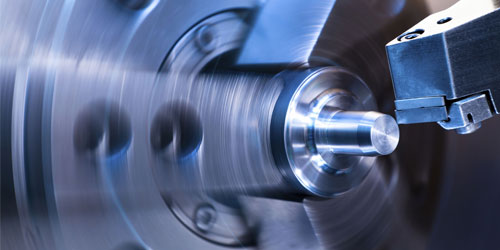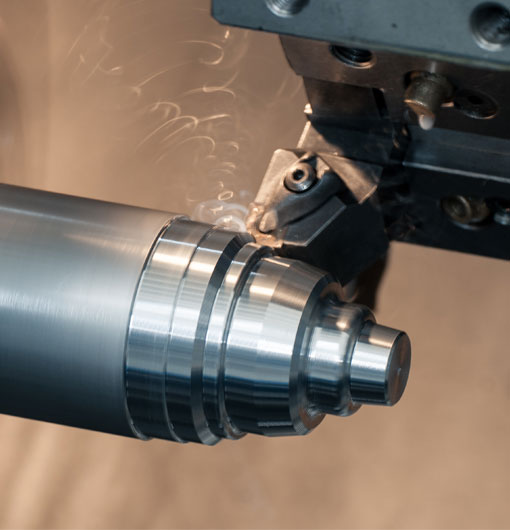In the age of advanced technology, computer numerical control (CNC) machining has garnered widespread recognition for its speed, accuracy, and precision in producing components. Among various CNC machining techniques, vertical CNC turning serves as a staple in high-precision manufacturing. This blog post will explore the intricacies of vertical CNC turning, its applications, and the benefits that come with integrating it into production processes.
What is Vertical CNC Turning?
Vertical CNC turning is a machining process in which a cutting tool, typically controlled by a computer, removes material from a rotating workpiece in a vertical orientation. The process distinguishes itself from traditional turning, which involves a horizontal workpiece orientation, by offering improved stability, precision, and efficiency. Vertical CNC turning machines are known for their ability to handle large workpieces and produce highly accurate, consistent results.
Breaking Down the Vertical CNC Turning Process
The following steps outline the vertical CNC turning process:
1. Workpiece Preparation
Before commencing the turning process, the machinist mounts the workpiece securely on the vertical CNC lathe's chuck, ensuring its stability and zero-points throughout the machining operations.
2. Tool Setup
Next, the cutting tools are set up according to the component's design specification and material requirements. The machinist will choose the appropriate tooling, such as turning tools, drills, or milling cutters, to achieve the desired surface finish, shape, and dimensions.
3. Programming
The user programs the desired toolpath and cutting parameters into the machine's controller. The programming process often involves using CAM (computer-aided manufacturing) software to create NC (numerical control) programs. The CAM software generates the G-code, which provides the CNC machine with precise instructions for completing the task.
4. Machining Process
With the workpiece and tools in place, and the G-code program input, the vertical CNC turning process commences. Using the G-code as guidance, the cutting tool moves along the vertical axes to shape the workpiece according to the design's specifications.
Applications of Vertical CNC Turning
Vertical CNC turning finds use in various industries due to its versatility and ability to produce high-quality parts. Some common applications include:
Aerospace: Turbine components, aerospace fasteners, rotor housings, impellers, and landing gear components
Automotive: Drive shafts, axle housings, brake discs, engine components, and transmission parts
Energy: Power generation components, wind turbine flanges, and compressor parts
Medical: Prosthetic components, surgical instruments, and orthopedic implants
Benefits of Implementing Vertical CNC Turning
Incorporating vertical CNC turning into production processes can yield numerous benefits, such as:
High Precision and Accuracy
Vertical CNC turning machines are known for delivering tight tolerances and consistent quality. The computer-controlled process enables precise, repeatable cuts, making it ideal for producing high-precision parts.
Time and Cost Efficiency
With their automated nature, vertical CNC turning machines can reduce process times and labor costs. The ability to run without constant supervision allows machinists to focus on other tasks, leading to increased productivity.
Material Versatility
Vertical CNC turning has the capacity to work with a wide range of materials, including metals, plastics, composites, and ceramics. This versatility makes it a preferred choice for manufacturers that produce components for various industries.
Scalability
The automated nature of vertical CNC turning allows manufacturers to scale production as needed to meet demand. By reducing setup times and enabling the machining of multiple parts, businesses can increase the overall capacity of their operations.
Key Considerations for Adopting Vertical CNC Turning
Before integrating vertical CNC turning into a production line, manufacturers should consider the following factors:
Machine requirements: Ensure that the CNC lathe can accommodate the desired workpiece dimensions and handle the required materials.
Tooling considerations: Invest in high-quality cutting tools and ensure they are suitable for the material and design specifications.
Operator training: Providing adequate training to operators is crucial in optimizing the vertical CNC turning process for maximum efficiency, safety, and precision.
Vertical CNC turning has become an essential technique in modern manufacturing. By applying the insights shared in this blog post, businesses can capitalize on the benefits of this technology and manufacture high-quality products, ensuring their success in a competitive marketplace.
vertical cnc turning













